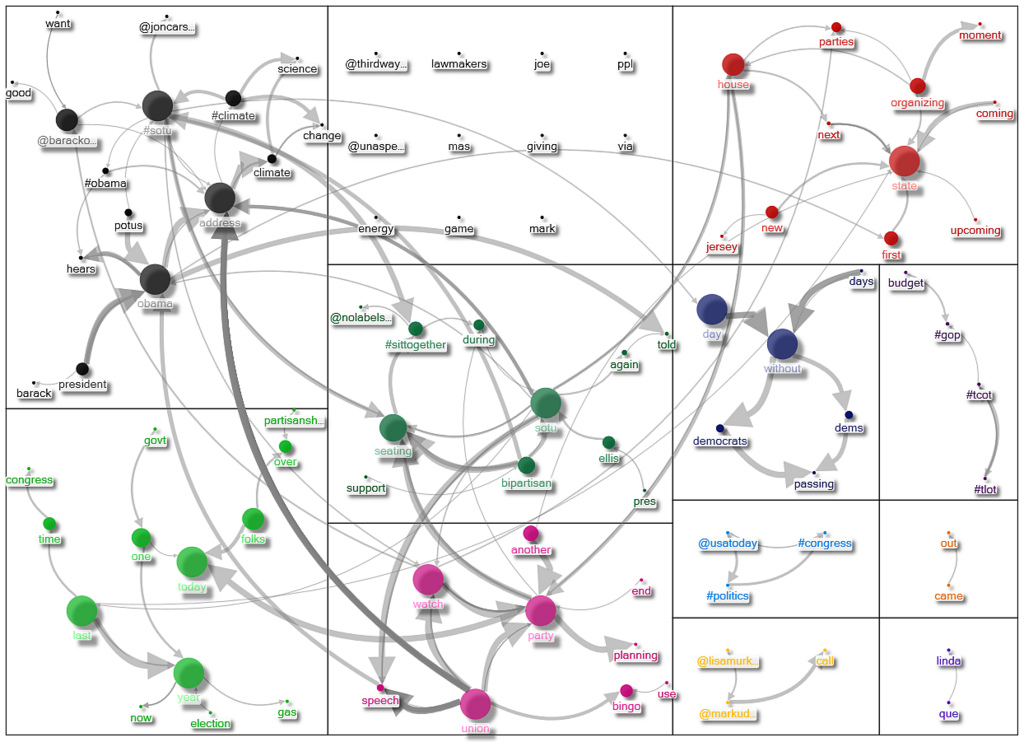 Schema Markup Helps Google Understand Your Website More Completely
Schema Markup Helps Google Understand Your Website More Completely
Schema markup can be very useful for your website because it facilitates the parsing and interpretation of pages on your site by search engines. When search engines accurately analyze your website, they can return better results to users initiating queries, and that means your website is presented to more targeted users, i.e. the people you are really trying to reach.
Schema markup is an integral part of the new push for “semantic search” in which Google and other search engines are focusing increasingly upon understanding “entities” and the connections between entities. Schema markup allows us to more fully and precisely define the entity that a web page is about, and how it relates to other entities.
While it may be a bit of a pain to go through the exercise of marking up your site with schema markup, the reward is that your website will be returned in a result set to the right audience, and that can be highly beneficial to your business. In the case of a home care agency, taking the time to describe your services properly can put you high on the list of queries started by users seeking the kind of care you offer.
How schema markup works
Schema markup is applied directly to individual pages of your website, which means that each page will require its own schema markup, unless you decide to markup only the most relevant pages, which are those containing content at the core of your business or service.
Elements and attributes are added directly into the existing HTML code of the page, so that search engine crawlers can easily locate them for evaluation. By specifying attributes from ‘schema.org’ in your HTML markup, you can indicate with a fair amount of precision what your site is all about – and the more attributes you include, the greater the precision.
Here are some of the most important SEO markup areas for you to focus on, so that the right information is presented to search engines, and your website achieves optimum online presence for intended users. If you supply good markup in these areas, it can go a long way toward increasing your home care agency’s visibility to the right kind of potential clients, thereby boosting your business immensely.
HTML5 Required
In order to use schema markup, your site’s theme must support HTML5. If your site does not, then you will need a website update or website re-design in order to use themes that do support HTML5, in order to utilize schema markup.
Markup for localBusiness
The schema.org ‘localBusiness’ item is a great way to specify your company’s name, address, and telephone number, which automatically differentiate it from all other businesses. Another useful markup property within ‘localBusiness’ that you should include is ‘openingHours’, which can be expressed in days and hour ranges, to announce your company’s standard hours of operation.
Offer markup
Within the ‘Offer’ element, you can specify what you are providing to users, and when coupled with additional properties, you can be fairly detailed in this description. For instance, the ‘Service’ property will allow you to show that you are offering a home care service, ‘Place’ will describe the geographic area where your service is being offered, and you can use either ‘Person’ or ‘Organization’ to denote your company as the provider of home care service.
Service descriptions
The ‘service’ element can include a wide range of values that add a considerable amount of detail to your website, in the general area of the services you are providing. Under this element, you can list ‘areaServed’, ‘category’, ‘offerCatalog’, ‘hoursAvailable’, and ‘serviceType’ to get more detailed about the kind of care your agency provides. An accurate markup under ‘serviceType’ could be very important to get your agency properly identified to search engines seeking results from queries on home care.
Geo-coordinates and service areas
The ‘areaServed’ element can be very useful in describing the geographic area serviced by your home care agency, because users will need to know if their residence lies within the coverage area. This can save a lot of frustrating phone calls and disappointment, because users outside the clearly specified service area will understand that some other option will be necessary, and those within the coverage area can be sure they are within range.
The ‘geoCoordinates’ element has values such as ‘address’, ‘geoCircle’, and ‘postalCode’ all of which can help
identify the precise location of your home care agency to make it even more clear how near or far away you are from an interested service requestor. Since a care giver would be based at this address, it is worth knowing how close the care giver would be to the location of the patient.
Extensions of localBusiness
Since no official descriptor exists within ‘localBusiness’ to precisely indicate a home care organization, one way to precisely indicate this would be to include a ‘link’ tag with an ‘href’ clause pointing to productontology.org, and referring to your actual business type, i.e. in-home care.
To lend credibility and user confidence to your home care agency, it might be useful to note the overall care system which your agency belongs to, if appropriate. For instance, a nationally known and respected provider might inspire greater user confidence than a company with a local-only presence. This can be done in the ‘parentOrganization’ element, which ‘localBusiness’ inherits from the broader item type of ‘Organization’, and which allows the next larger organization in a given hierarchy to be listed.
Photo by Marc_Smith 


